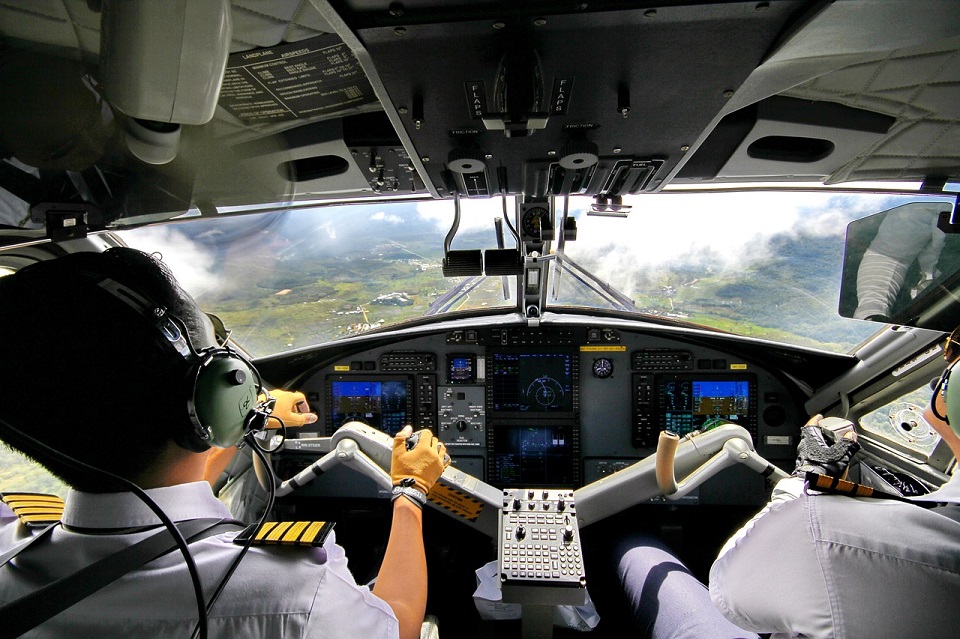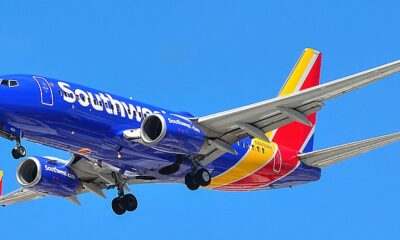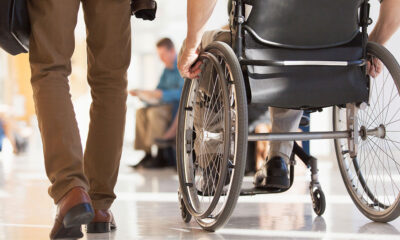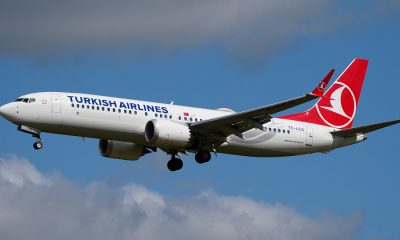Civil Aviation
How do pilots navigate during a flight?

The primary navigational aid is a magnetic compass. The magnetic variation (or declination), which is brought about when the needle or card aligns itself to magnetic north rather than true north, must be taken into consideration by the pilot. The flight map also shows the regional variation. Several navigational tools and methods are used by pilots to navigate during flights. Here are a few of the most popular techniques:
1.GPS (Global Positioning System): GPS is a satellite-based navigation system that provides precise location information. Pilots use GPS receivers to plot their itineraries, find their planes, and track their progress.
2.Inertial Navigation System (INS): An aircraft’s position, speed, and direction of flight are tracked by the self-contained navigation system (INS) utilising accelerometers and gyroscopes. In the absence of GPS, INS can still provide accurate navigational data.
3.VOR (VHF Omnidirectional Range): The VOR ground-based radio navigation system provides pilots with directional information using a network of stationary radio beacons. By setting the aircraft’s navigation equipment to the VOR frequency, pilots can utilise the VOR signals to determine where they are and track their progress.
4.NDB (Non-Directional Beacon): NDB, a ground-based radio navigation system, provides aircraft with directional information using a single radio beacon. Pilots tune the aircraft’s navigation system to the NDB frequency in order to determine their location and track their progress.
5.Dead Reckoning: An aircraft’s position is calculated using the “dead reckoning” navigation method by taking into account its speed, direction of travel, and elapsed time. The pilot uses information from the instruments to calculate the position and course of an aircraft.
6.Visual Navigation: Pilots can navigate during flights by using visual clues including waterways, highways, and landmarks. They might also utilise charts and maps to organise their journey and locate specific locations.
Pilots commonly use a number of strategies to navigate throughout a flight, depending on the availability of navigational aids and the difficulty of the flight path. They also depend on weather reports and air traffic control to help them adjust their course and change their flight plan as necessary.










